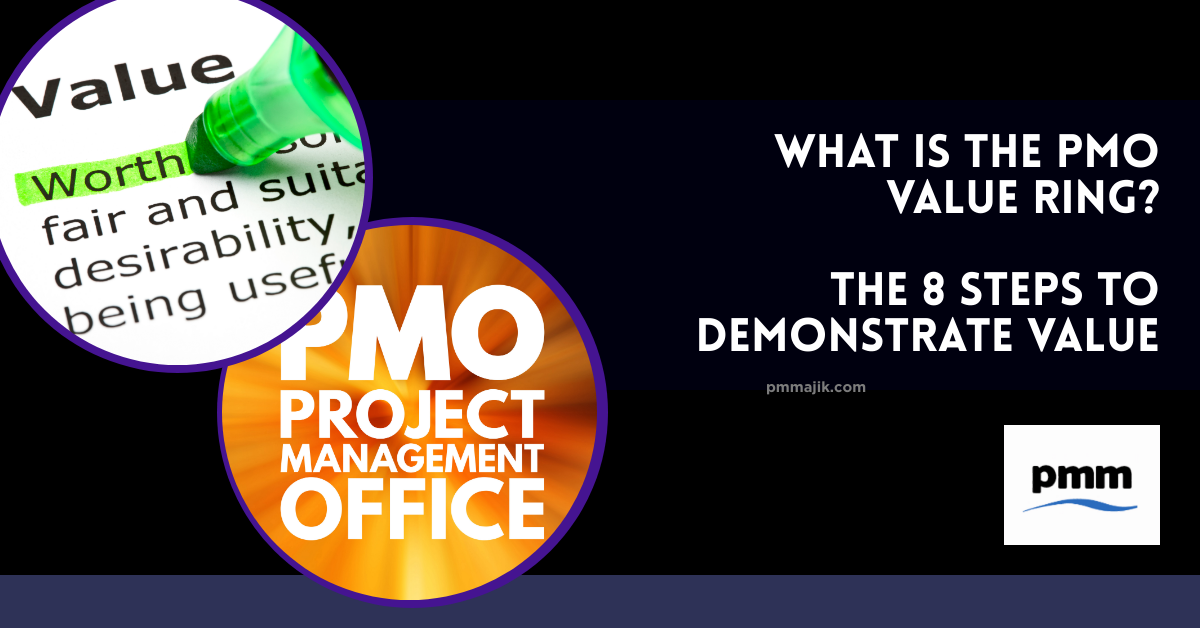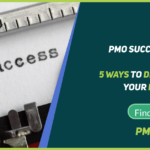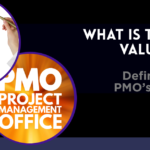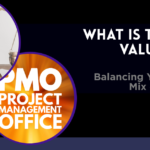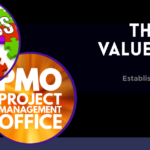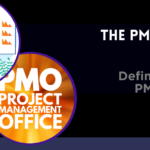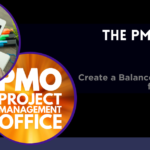When you’re setting up or refreshing your project management office (PMO) you need to make sure it’s created with survival in mind. With the framework of the PMO value ring, you can use these eight steps to demonstrate the value your office adds.
From the beginning of your time working in a PMO, you need to think strategically about its survival. To this end, the Project Management Institute created the PMO Value Ring in 2015 with input from a range of PMO professionals.
It is just one framework to help you understand and demonstrate the value of your PMO, and you can follow the steps without using the tools that were created for it. Here, we’ll give you a brief overview of each step and will cover them all in detail in the coming articles.
1. Define your PMO services
There are different types of PMO, all of which will undertake different functions and serve different purposes.
As you create or refresh your PMO, you need to understand the services you’ll offer to clients, i.e. projects, the C-suite, and the people receiving the projects. You need to look at the functions of your PMO and decide which client they serve as well as the expected benefit you’ll derive.
2. Balance your PMO’s mix of services
Within the services your PMO offers, there needs to be demonstrable short-, medium-, and long-term value added to the organisation.
The ideal goal is to demonstrate value across each timespan and make sure that no one activity will harm the other. For example, an activity that could offer short-term gains in terms of value might end up being detrimental to the long-term success of the PMO.
3. Establish your PMO processes
A key activity of your PMO is to define processes for projects to follow. You need to have each process mapped, with inputs, outputs, and the responsibilities so the value can be tracked and improved.
Establishing these processes will also help in creating service level agreements (SLAs) with your PMO clients.
4. Define your PMO KPIs
There are lots of ways you can think about your PMO’s KPIs. Should they be directly linked to project success, and does an unsuccessful project automatically mean your PMO isn’t successful?
When you lay out what your PMO is aiming for, you’re defining the value you will bring to the business as well. Make sure you design them so you can demonstrate a perceived value over time.
5. Define your PMO’s headcount and competencies
For this step, you should start from the top down and look at the activities your office does and the skills needed to complete them. Next, you should define the competencies you’ll need and how that can translate into headcount.
You can then compare this to reality in an existing PMO and identify skills gaps and when setting up a PMO use it to see what hiring you need to do. Always keep in mind the cost for a resource vs the benefit it will add.
6. Identify your PMO’s maturity and plan its evolution
You need to understand where in the maturity journey your PMO is – is it still a start-up or is it at a sustainable point?
From here, you need to decide what the end point of your PMO might be, for example:
- A centre of excellence for management within the business
- A business-focussed office driving profits and choosing the right projects to take
- A compliance and governance office that oversees technical project workings
When you know what your office will become, you can focus on the areas of value you want to add.
7. Calculate your PMO’s ROI
By looking at the financial element of your PMO and identifying things that offer monetary value, you can start to look at your return on investment.
You can look at the value added, for example, by looking at increases in successful project completions, and also money saved when you introduce better processes to projects and across the business.
8. Establish a balanced scorecard for your PMO
There are many elements to juggle in your PMO. Having a balanced scorecard that weighs everything you work on and determines objective value can be very helpful.
Tracking the same data and information over time will also allow your PMO to monitor long-term contribution and the evolution of the office.
The eight steps of the PMO value ring
Demonstrating value with the eight steps of the PMO Value Ring needs to be a continuous process. You should reassess and complete these steps every 12 months to make sure your office is aligned with your current business strategy.
